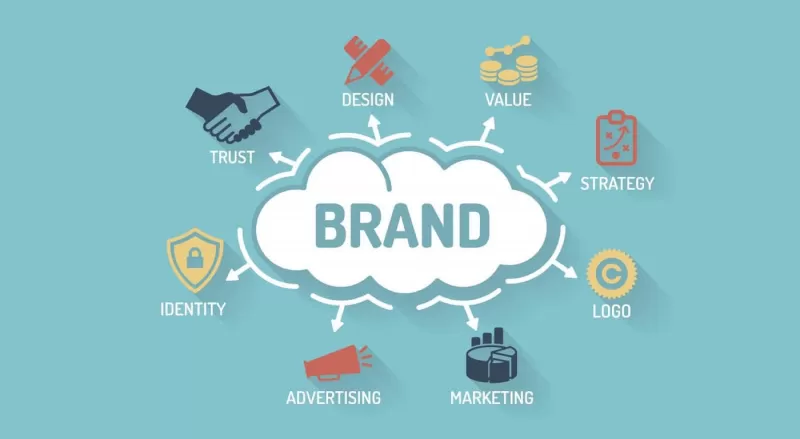
Developing a strong brand identity is crucial for any business aiming to stand out in a crowded market. Your brand identity is more than just a logo or a color scheme; it encompasses the entire perception of your business. This detailed guide will walk you through the essential steps on how to develop a brand identity that resonates with your target audience and supports your business goals.
Brand identity is the collection of elements that a company uses to portray its brand to the world. It includes visual elements like logos and color schemes, as well as intangible aspects such as brand voice, values, and the overall customer experience. A well-defined brand identity helps build recognition, establish trust, and differentiate your business from competitors.
Before diving into visual elements, it's important to define what your brand stands for. Your core values and mission statement should reflect the purpose and principles of your business. Ask yourself:
These foundational elements will guide all subsequent decisions about your brand identity.
Knowing your target audience is crucial in shaping your brand identity. Conduct thorough market research to understand:
Use this information to create a brand identity that appeals to and resonates with your audience, addressing their needs and preferences.
Study your competitors to understand their brand identities and market positions. Identify what they do well and where they fall short. This analysis will help you:
Your Unique Value Proposition is a statement that clearly articulates what makes your brand different and why customers should choose you over competitors. It should highlight:
A strong UVP will inform many aspects of your brand identity, from messaging to visual design.
Visual elements are often the first things people notice about your brand. Key components include:
Your brand’s voice is how you communicate with your audience through written and spoken content. It should align with your brand’s personality and values. Consider:
Brand guidelines are essential for maintaining consistency across all touchpoints. They should include:
Consistency is key to building a strong brand identity. Apply your brand elements across all marketing materials, including:
Once your brand identity is established, it’s important to monitor its effectiveness and make adjustments as needed. Gather feedback from customers and track brand performance metrics. Be open to evolving your brand identity to stay relevant and meet changing market demands.
Developing a strong brand identity involves defining your core values, understanding your audience, creating a unique visual and verbal identity, and maintaining consistency across all touchpoints. By following these steps on how to develop a brand identity, you can build a powerful and recognizable brand that resonates with your target audience and supports your business objectives.
For businesses seeking expert assistance in crafting a compelling brand identity, Sympaweb is a valuable partner. Known for its creative approach and technical expertise, Sympaweb can help you develop and implement a brand identity that sets you apart from the competition and drives success.